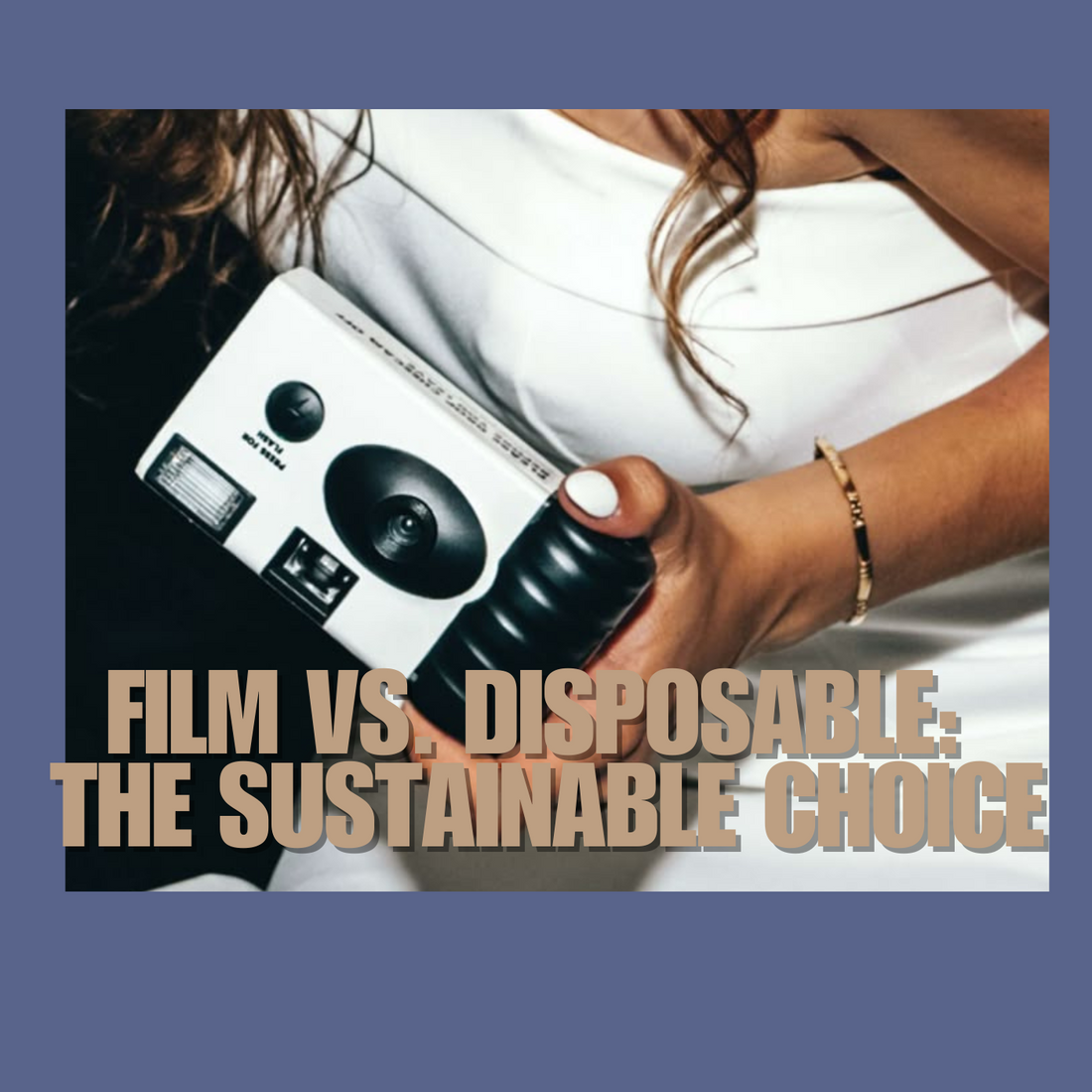
Are Film Cameras Are More Sustainable Than Disposable Cameras?
Share
In a world where sustainability is becoming increasingly important, film photography enthusiasts may find themselves questioning the environmental impact of their choices. While disposable cameras have gained popularity for their nostalgic appeal and convenience, they fall short in one crucial aspect: sustainability. Investing in a reusable film camera is a far more eco-conscious decision. Here’s why.
1. Reducing Plastic Waste
Disposable cameras are designed for one-time use. Once the film is developed, the plastic casing often ends up in landfills. While some manufacturers attempt to recycle parts, a significant amount of waste still results from their production and disposal. In contrast, film cameras are built to last. With proper care, a film camera can be used for decades, reducing the demand for single-use plastic.
2. Lowering Environmental Impact in Production
Every disposable camera requires new materials, energy, and resources to manufacture. Mass production of plastic, glass, and small electronic components contributes to carbon emissions and pollution. On the other hand, buying a second-hand film camera eliminates the need for new production, extending the life cycle of existing materials and reducing environmental strain.
3. Cost-Effectiveness and Longevity
At first glance, disposable cameras seem like an affordable option. However, when factoring in the recurring cost of buying new cameras for every roll of film, the expenses add up. A well-maintained film camera, whether purchased new or second-hand, remains functional for years. This not only saves money in the long run but also reduces the demand for continuously producing new disposable models.
4. Minimising Battery Waste
Many disposable cameras come with built-in batteries to power the flash. Once used, these batteries are often discarded along with the camera, contributing to electronic waste. Traditional film cameras typically use replaceable or rechargeable batteries that last much longer, making them a more environmentally friendly option.
5. Better Image Quality and Experience
Aside from sustainability, film cameras also provide superior image quality compared to disposables. With better lenses, manual settings, and the ability to switch film stocks, film cameras give photographers more creative control. The experience of using a film camera is also more intentional, leading to a deeper appreciation of photography rather than the quick-snap, throwaway nature of disposable cameras.
6. Film Cameras and Plastic Use
While film cameras themselves are more sustainable, they are not entirely void of plastic use. Film rolls, particularly disposable canisters, still contribute to plastic waste. However, the key difference is that the camera itself can last for decades, even generations, with the correct care. The culture of repairing and maintaining film cameras ensures their longevity, making them a far better alternative to single-use options.
Final Thoughts
If you love film photography and care about sustainability, choosing a reusable film camera over a disposable one is a simple yet impactful choice. Not only will you help reduce waste and lower environmental impact, but you’ll also get to enjoy a higher-quality, more immersive photography experience.
If you are interested in caring for your film camera, read this blog for tips on proper maintenance and longevity.